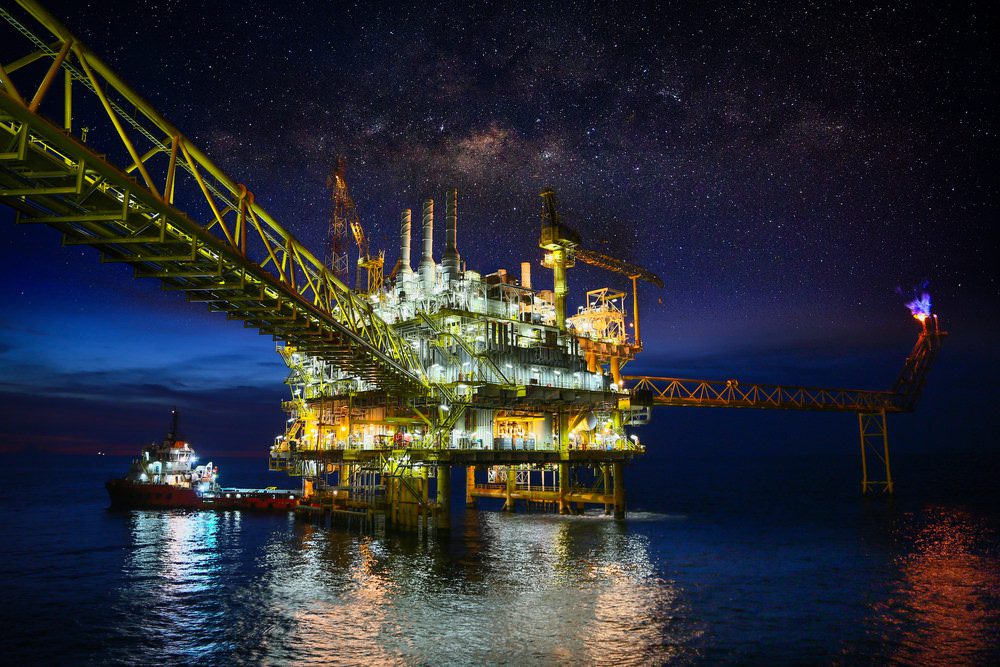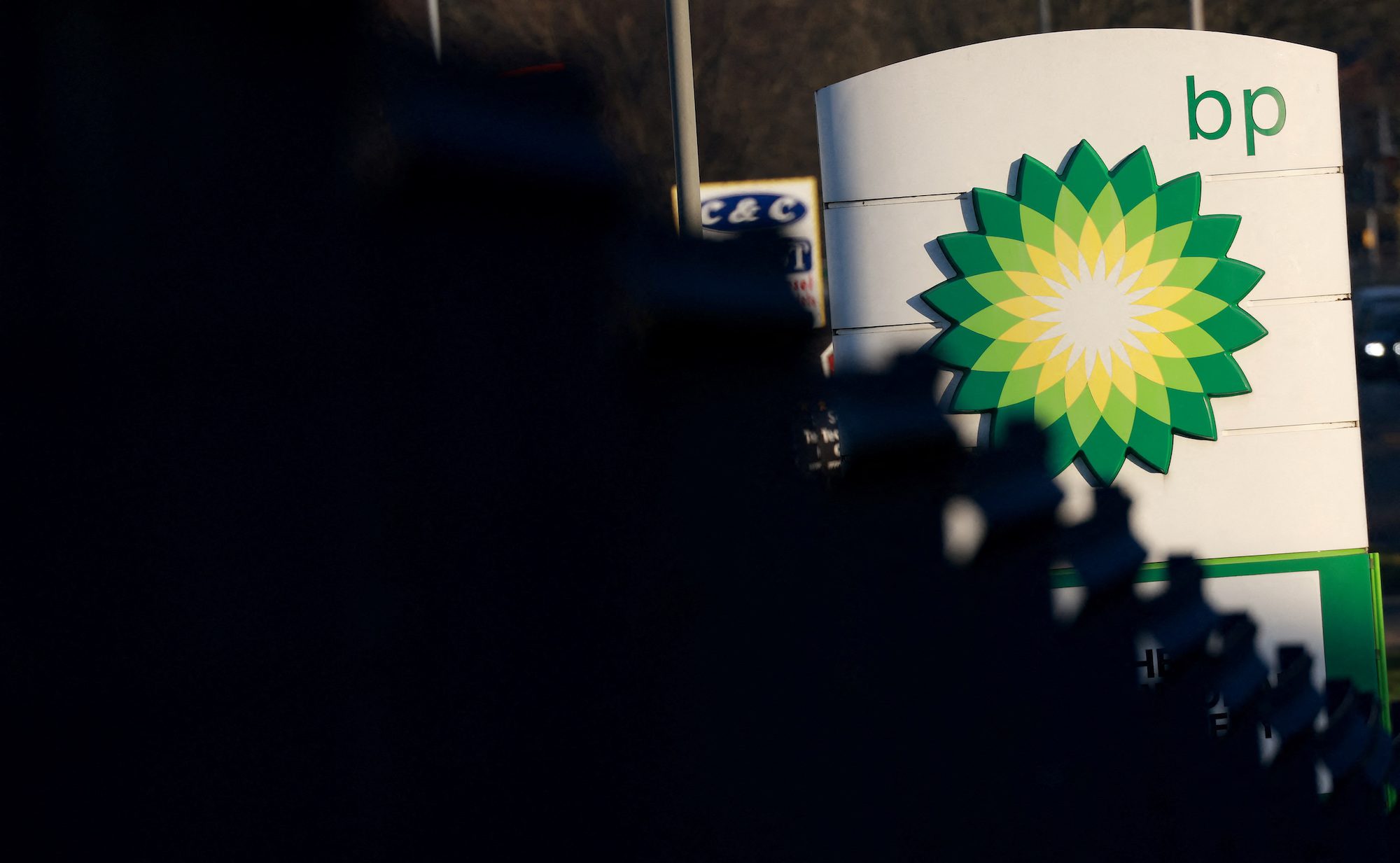Photo by curraheeshutter, Shutterstock
By Jennifer A. Dlouhy – (Bloomberg) –The Trump administration is readying a plan to end direct federal regulation of methane leaks from oil and gas facilities, even as some energy companies insist they don’t want the relief.
A draft proposal from the Environmental Protection Agency would prevent the federal government from directly targeting that potent greenhouse gas as it restricts emissions from oil wells and infrastructure, despite fears that time is running out to avert catastrophic consequences of climate change.
The White House is finishing its review of the EPA plan, which was described by people familiar with the matter who asked not to be named ahead of a formal announcement that is expected within weeks.
The proposal threatens to undermine the oil industry’s sales pitch that natural gas is a climate-friendly source of electricity — a cleaner-burning alternative to coal that can help power an energy-hungry world for decades to come. Dozens of oil companies have made voluntary pledges to keep methane in check, and some have warned the Trump administration that federal regulation specifically targeting it is essential for natural gas to maintain that reputation.
“Stakeholder confidence in natural gas is hanging by the thread, and the EPA is pulling out the scissors with this methane rollback,” said Ben Ratner, a senior director with the Environmental Defense Fund’s energy innovation arm.
More than 60 oil and gas companies have made voluntary commitments to pare emissions of methane, the chief ingredient of natural gas, though some of them insist federal regulation is still essential for the highly fragmented industry. For instance, BP Plc and Royal Dutch Shell Plc executives said in March that they favor federal regulation of the oil industry’s methane emissions, with BP asserting in an opinion piece that voluntary actions by a handful of companies “are not enough to solve the problem.”
“Industry gets it,” said David Hayes, a former Interior Department official who leads the State Energy and Environmental Impact Center at New York University School of Law. “They recognize that this is a tremendous liability.”
The oil and gas industry is the leading industrial source of methane, which can escape from pipelines, sneak out of compressor stations and be vented from oil wells as a byproduct. Although methane accounts for roughly 10% of U.S. greenhouse gas emissions, it’s been blamed for up to a quarter of the planet’s warming as it has more than 84 times the heat-trapping potential of carbon dioxide the first two decades after entering the atmosphere. Methane’s warming potential over a 100-year time span is at least 28 times that of carbon dioxide.
Walking Away
The EPA’s plan to walk away from specifically regulating methane dovetails with other Trump administration efforts to ease limits on emissions from power plants and automobiles. Critics cast the proposal as a part of a broad Trump administration retreat from the global fight against climate change.
The Senate’s top Democrat, Chuck Schumer, blasted the plan Wednesday, calling it “another disgraceful giveaway to corporate polluters at the expense of the public’s health, our environment and the fight to combat climate change.”
The Obama administration targeted the oil industry’s methane emissions in 2016, by requiring energy companies to frequently seek and plug leaks. Other U.S. requirements also acted to pare methane emissions but did so indirectly, by targeting other, conventional pollutants or seeking to stop the waste of natural gas extracted from federal lands.
Those targeted mandates on new wells triggered a legal requirement that EPA also regulate methane emissions from existing oilfield infrastructure — including more than a million wells on private land. However, plugging leaks on some decades-old, low-producing wells could be expensive and unruly — a burden that would fall disproportionately on smaller, independent oil companies.
“It changes the scope, from our industry, from a rule that’s dealing with 15,000 to 40,000 new sources a year to the million existing wells that are out there,” some 770,000 of which are low-producing sites, said Lee Fuller, executive vice president of the Independent Petroleum Association of America.
Imposing rigid requirements to frequently detect and repair leaks at those low-production wells, would be “a huge cost burden,” potentially eclipsing gross income from the sites, Fuller said. “It would shut in production at a lot of these wells.”
Trump’s EPA has already proposed easing the 2016 mandates, but by sweeping away direct methane regulation, the agency can prevent the march to impose them on existing wells.
Existing EPA requirements — which focus on paring the release of volatile organic compounds at oil and gas wells — would still help rein in methane emissions at the sites, just indirectly. And as new wells are drilled — and old wells stop producing — more of them fall under those regulations targeting volatile organic compounds. By 2023, nearly 90% of all U.S. natural gas and oil production will fall under the earlier EPA requirements, said Erik Milito, a vice president at the American Petroleum Institute.
The EPA is planning to justify its move by treating parts of the oil and gas industry — such as production from individual wells and natural gas transmission — as distinct, separate segments, then arguing that the methane emissions associated with them don’t merit direct regulation, according to the people familiar with the proposal.
Natural gas produces half as many carbon dioxide emissions as coal when used to produce electricity, but methane leaks undermine that benefit, providing fodder to activists fighting to block the construction of new pipelines and power plants using the fossil fuel.
The issue is increasingly important to investors seeking to immunize their oil and gas portfolios from climate change risks. “For an investor that wants to maintain some exposure to oil and gas but have some degree of confidence that natural gas is being done right, this kind of rollback flies in the face of their investment thesis,” Ratner said.
© 2019 Bloomberg L.P
Unlock Exclusive Insights Today!
Join the gCaptain Club for curated content, insider opinions, and vibrant community discussions.

 Join The Club
Join The Club













